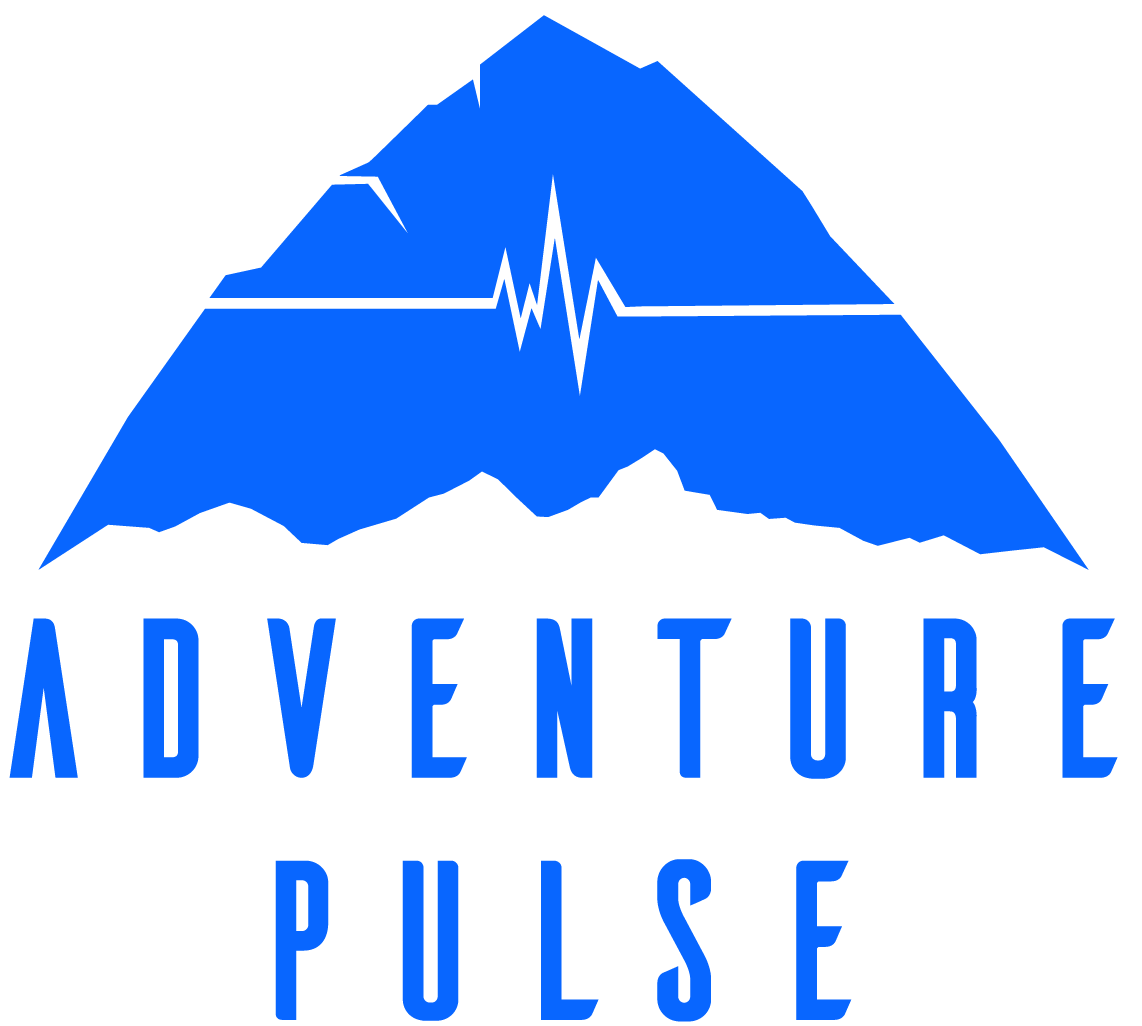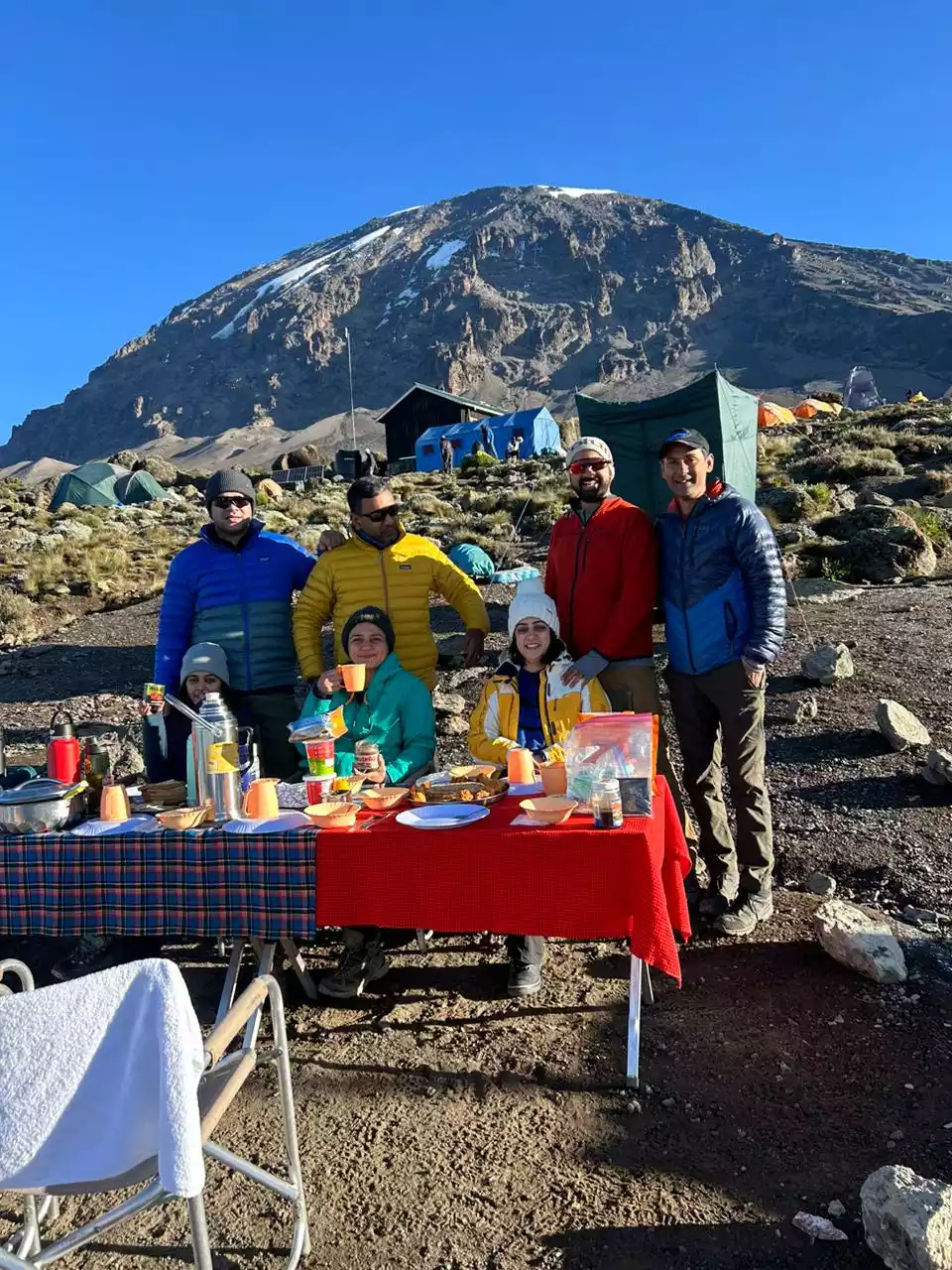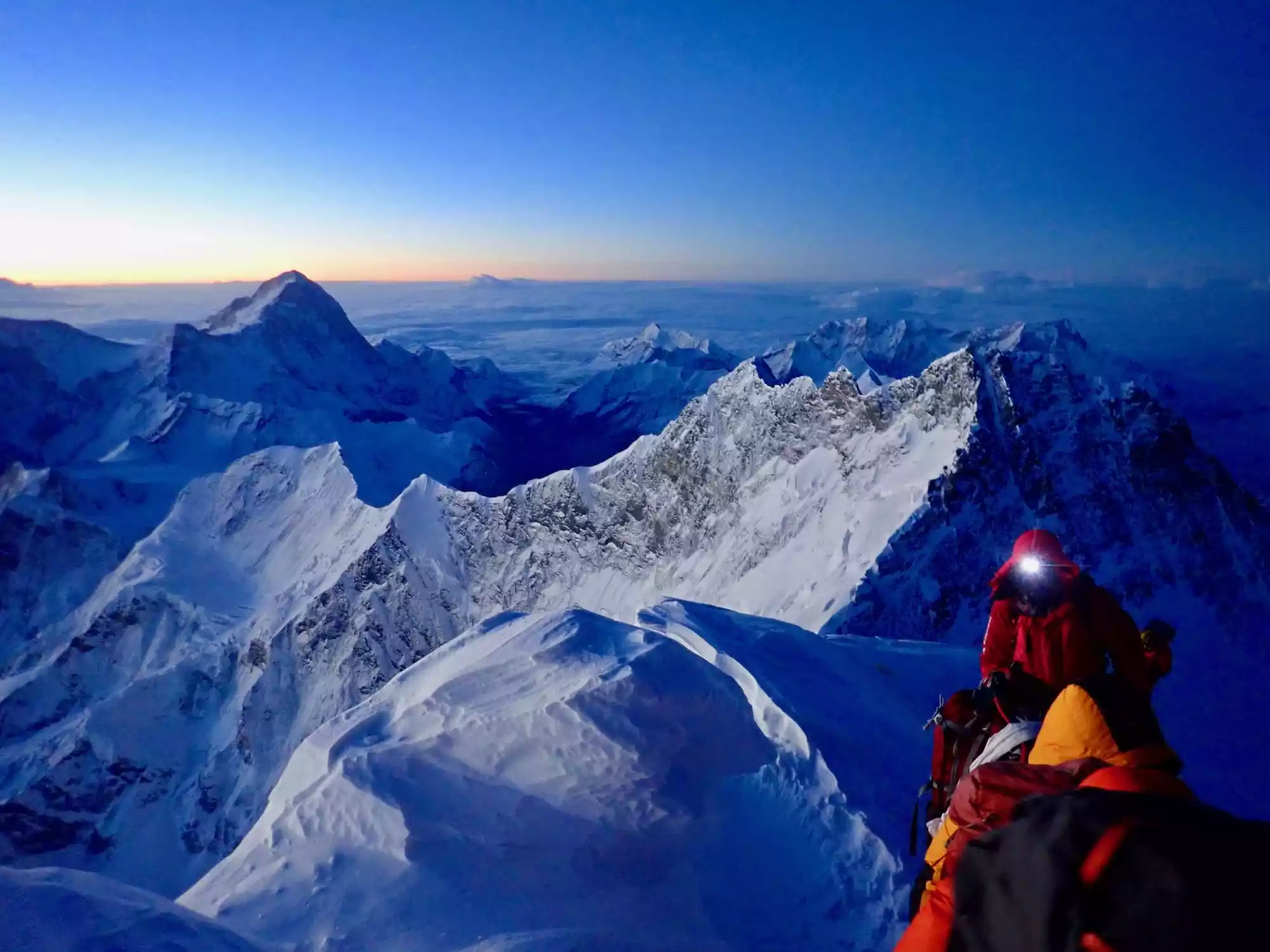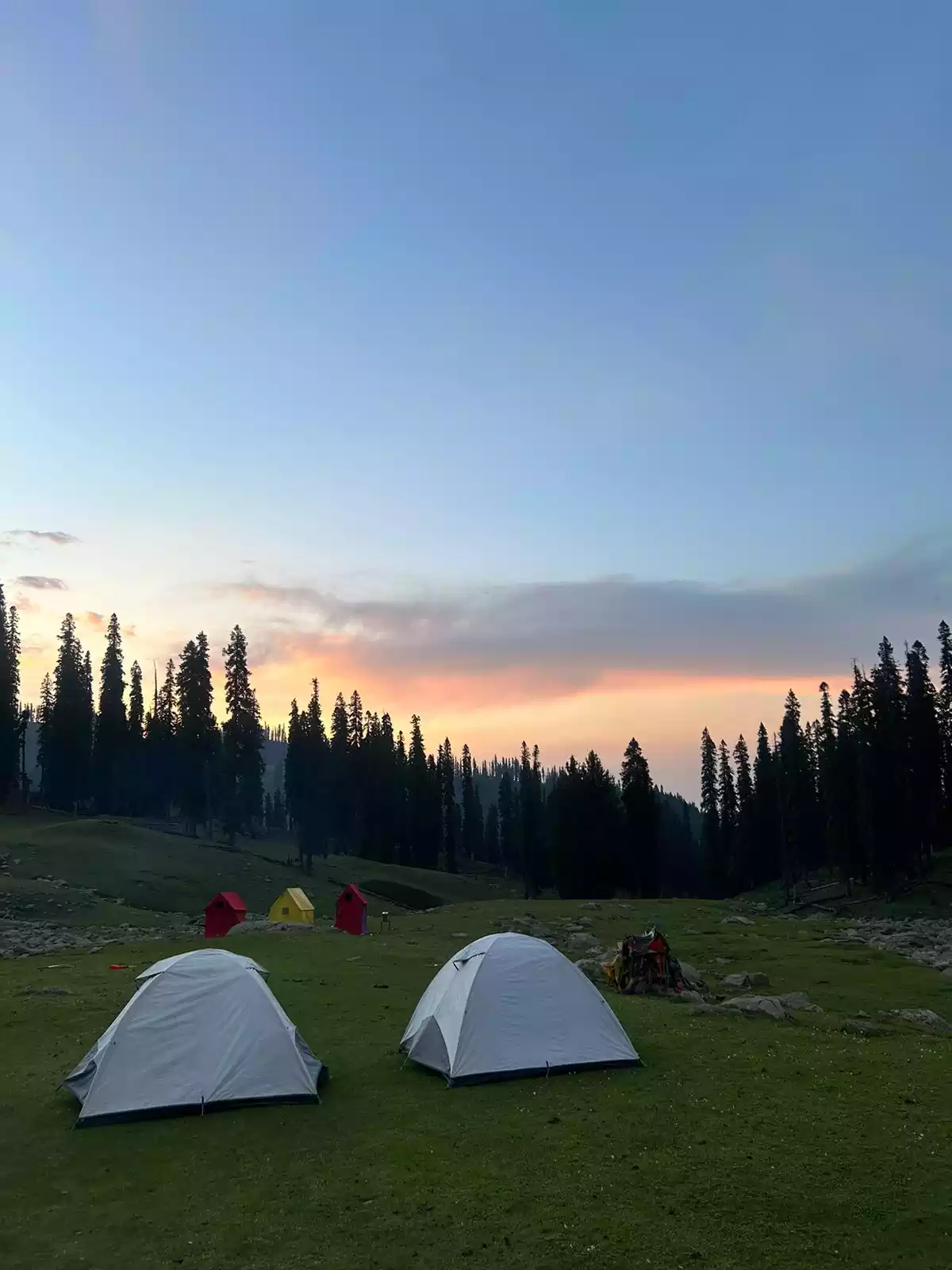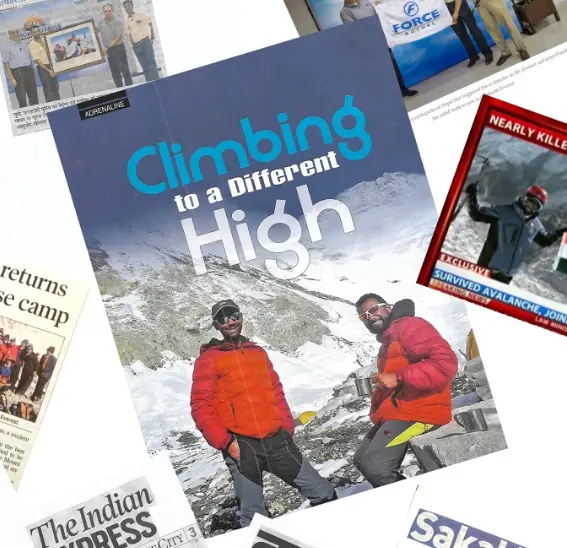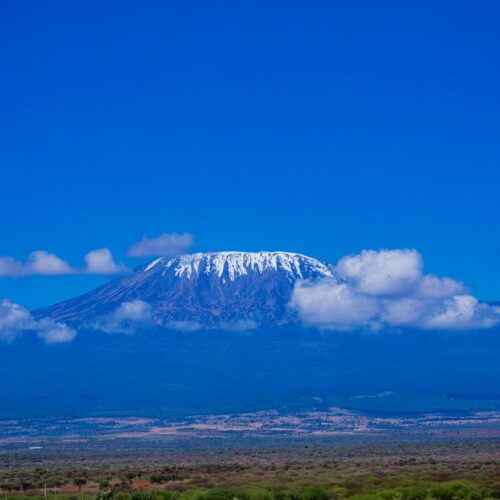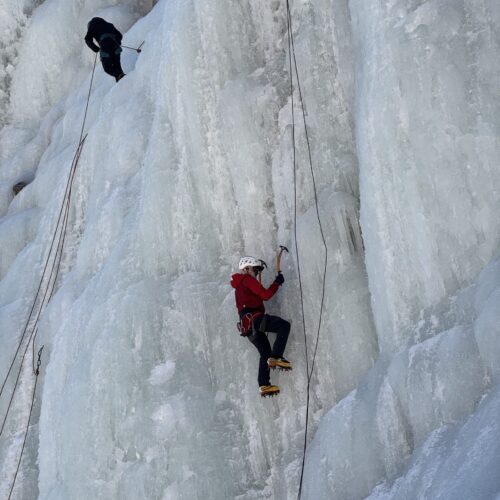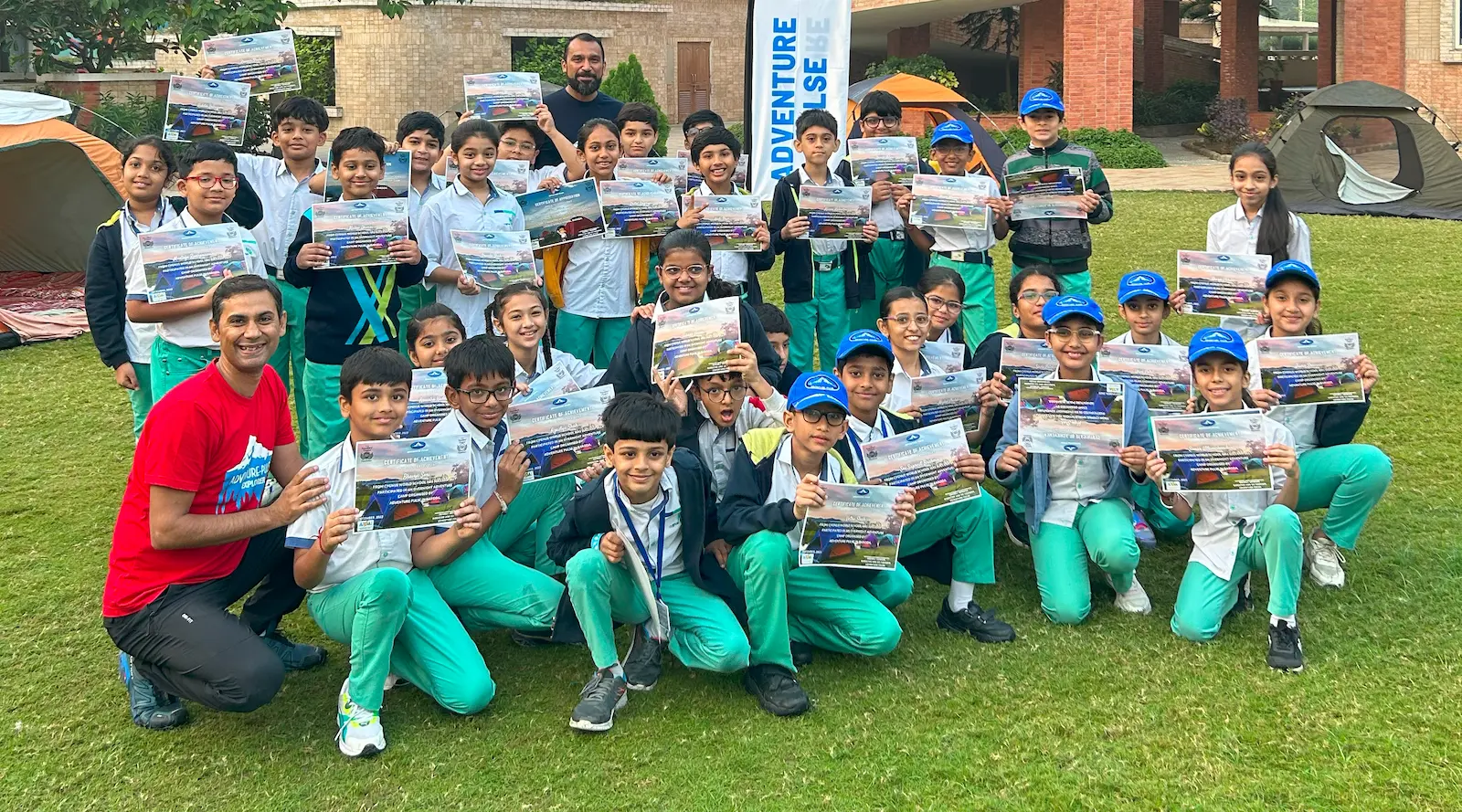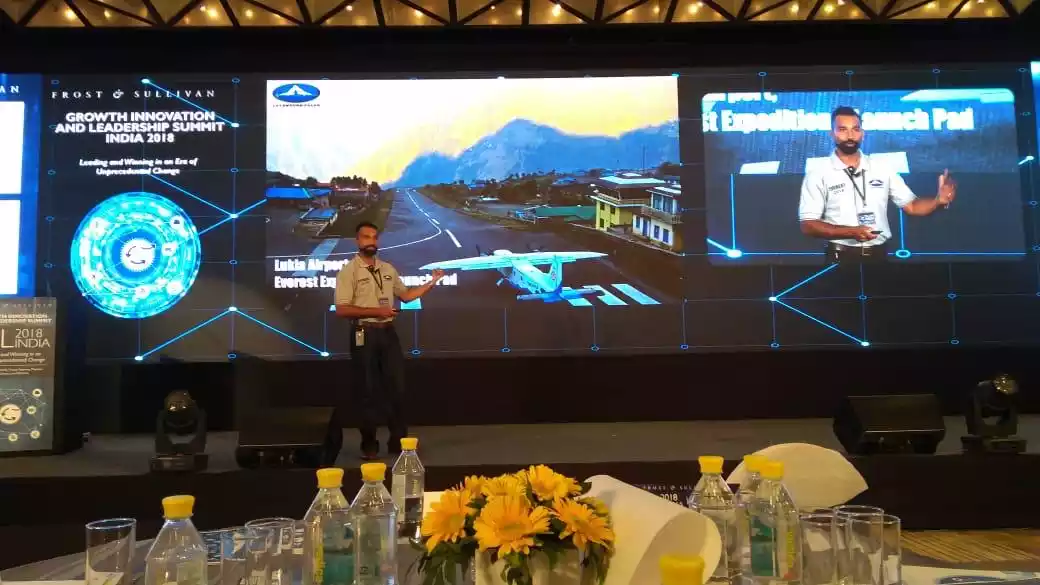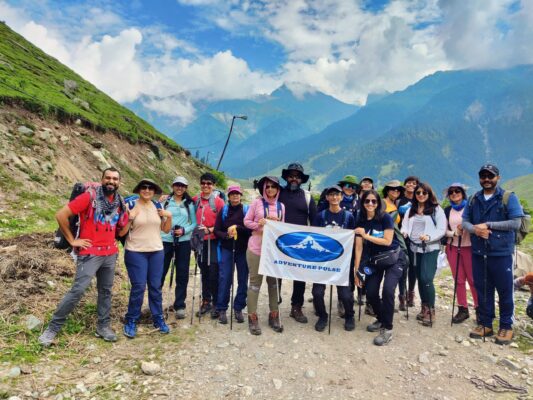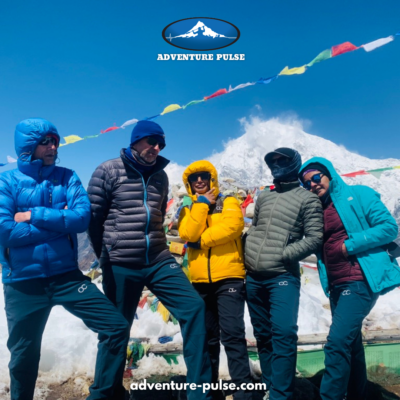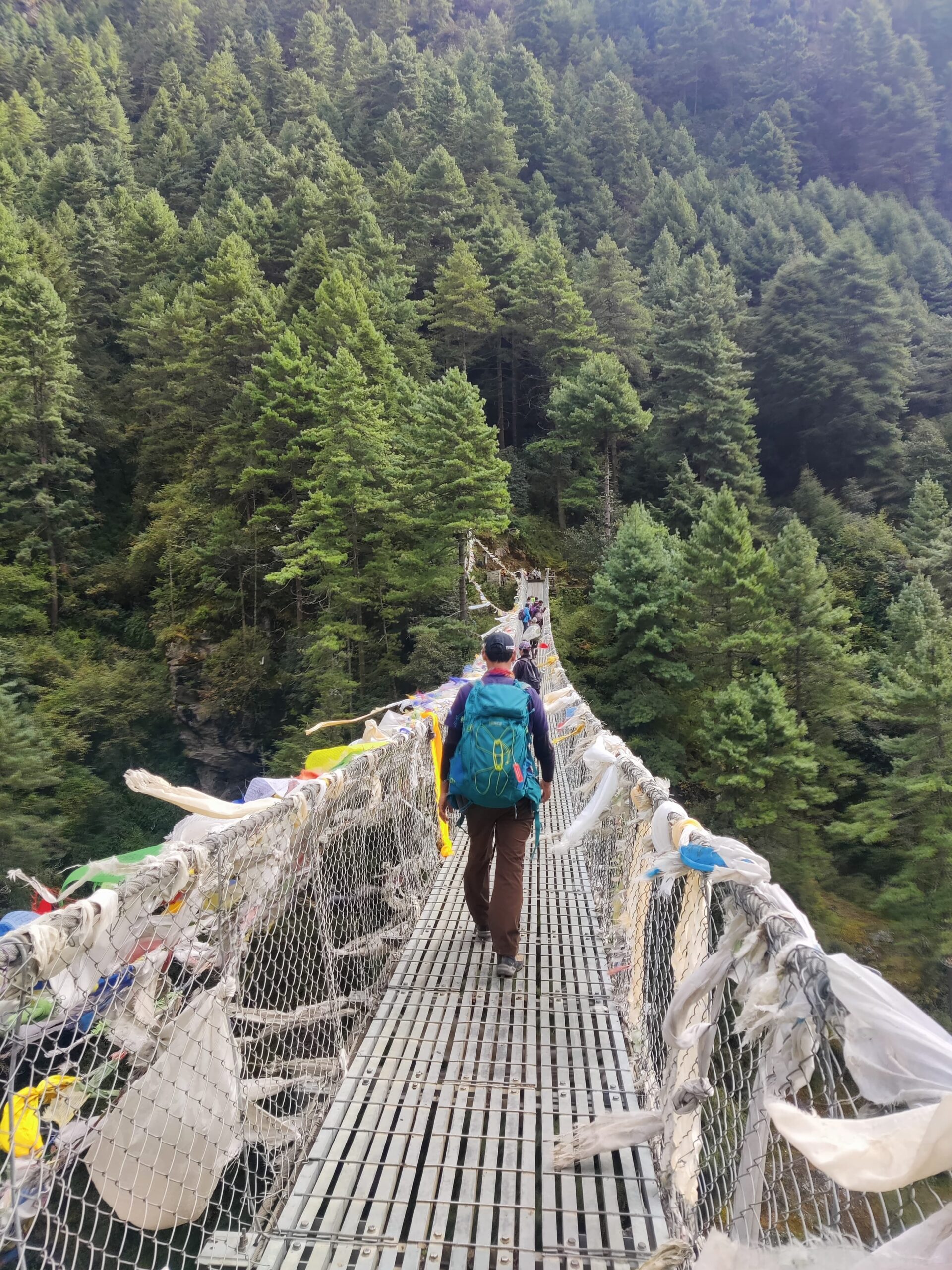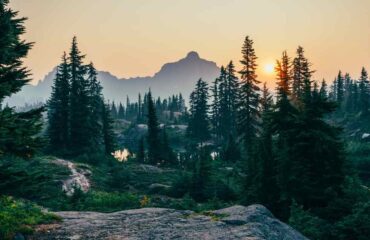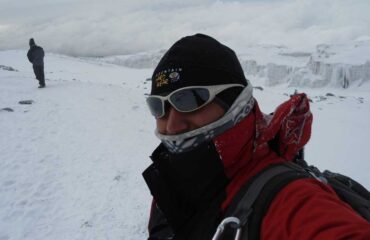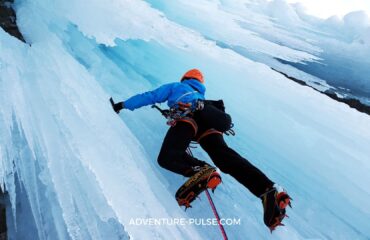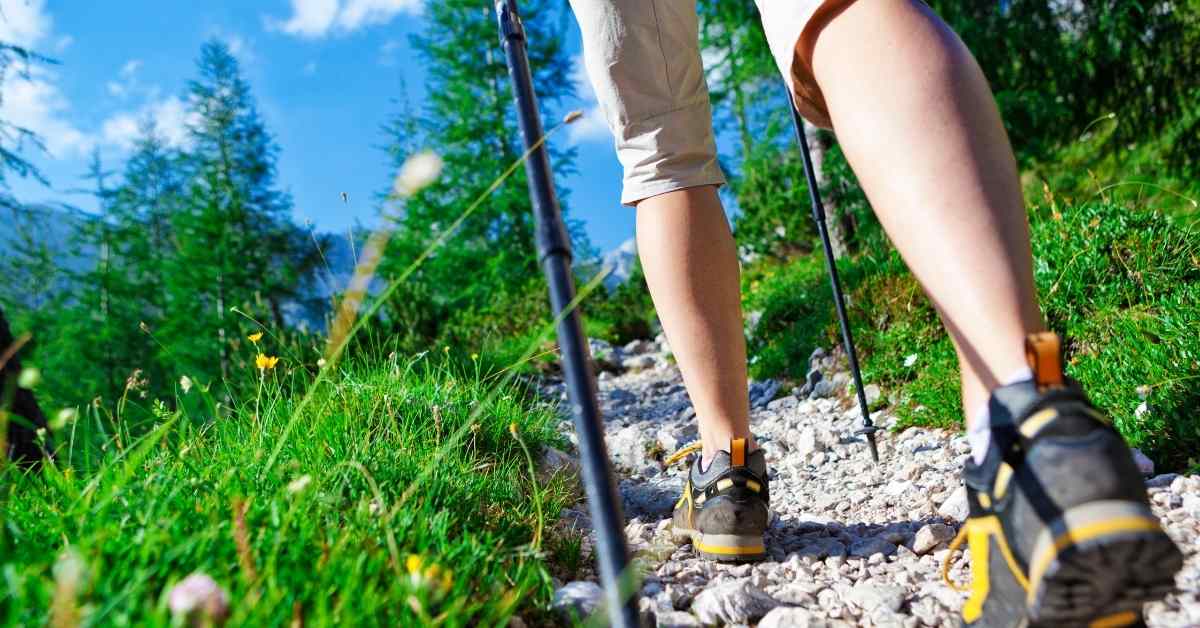
Trekking Essentials – Things You Need to Carry for Your Next Adventure
The Summer holidays are about to begin and I am sure many of you would be planning to head to the mountains to beat the heat. A trek in the mountains is the best way to get the most out your holidays. The time spent in the mountains not only refreshes the mind, body and soul but also gives a new perspective about life. However, packing the trekking essentials right way is very important to ensure you get a great experience on your trek. The Himalayas have some great trekking trails with options ranging from beginner, intermediate to difficult level treks such as Goecha La trek, Pindari Glacier trek, Annapurna Base Camp trek, Everest Base Camp trek.
Although the idea of trekking seems quite exciting, it is must to have meticulous planning before embarking on a multi-day trek in the mountains. Sometimes the excitement overshadows the preparation of such trips and even experienced trekkers are also bound to make some mistakes when it comes to packing. Which is why it is one of the most important factors while preparing for a trek.
I remember my early days of travel, when I had just started trekking and more often than not, I used to forget some trekking essentials and basic things while packing for the trek. Like me, many of you would have been in a situation when you had to face some difficulties because you forgot to pack certain things. Over a period of time, I have learned from my experiences and now I make sure to prepare a list of trekking essentials and pack accordingly before going for any trek in the Himalayas.
In this blog, I have tried to list out some trekking essential that you must carry on a trek. I hope this will give you a better understanding of packing for a trek and can also serve as a guide while packing for your next trip to the mountains.
Trekking Essentials you must have on a trek:
1. A Daypack/Small backpack
A comfortable daypack is a must to help you keep your things organised during the trek. Ideally, one should have a small 30-40L backpack in addition to the main rucksack (60-70L) or duffel bag. This small backpack is useful to carry some items which are usually required during the hike while the rest of the luggage can be packed in the main rucksack for offloading. You can use any backpack with sturdy and durable straps and multiple compartments to keep the essential items. If you want to invest in a proper backpack, you can get one from brands like The North Face, Columbia Sportswear, Deuter, Quechua or you can use any backpack which is available at home. (i.e., school bag/laptop bag)
2. Trekking shoes
This is probably one the most important trekking essentials which can make or break a trek. I often see people in their regular sports shoes or casual shoes on the trail who eventually end up feeling uncomfortable while walking and complain about the pain in their ankle. It is important to have shoes which can withstand the difficult and varying terrain in the mountains and also provide comfort and safety. If you have just started trekking or going for your first trek, I would highly recommend investing in good quality trekking shoes. Ideal trekking shoes should be comfortable, sturdy, ankle length, waterproof/water-resistant.
Read this detailed blog on Choosing the right pair of Trekking shoes.
3. Water bottle
When you go for a high-altitude trek, acclimatization (the process of getting used to the surrounding environment) is very important. Drinking at least 3-4 litre of water helps in this process. Also, your body loses water while walking on the trail and even though the temperatures are cold, you are sweating without realising it. Hence, it becomes necessary to keep drinking water while you trek to keep your body hydrated. I always carry two water bottles of 1 ltr each and refill it whenever I find clean stream water. Your water bottle should be sturdy and should not leak or break in case it falls. Try to avoid using single-use plastic bottles to keep the mountains clean. You can get a tin water bottle from brands like Milton or Quechua.
4. Torchlight/Headlamp
Torchlight is one of the most useful things on a trek as there are no electricity or source of light at the campsites. (Treks like Everest Base Camp and Annapurna Base Camp are an exception as these are teahouse style trek where electricity from the solar panels might be available in the room) Also, many a times you will have to walk in the dark while reaching to the campsite or going for the summit push. I always carry a small solar light to keep inside my tent and a headlamp or hand torch to use during the night time. I would recommend you to buys a good headlamp with a rechargeable battery which allows keeping your hands free while you walk. A good practice is to always carry spare batteries to be prepared for any eventuality.
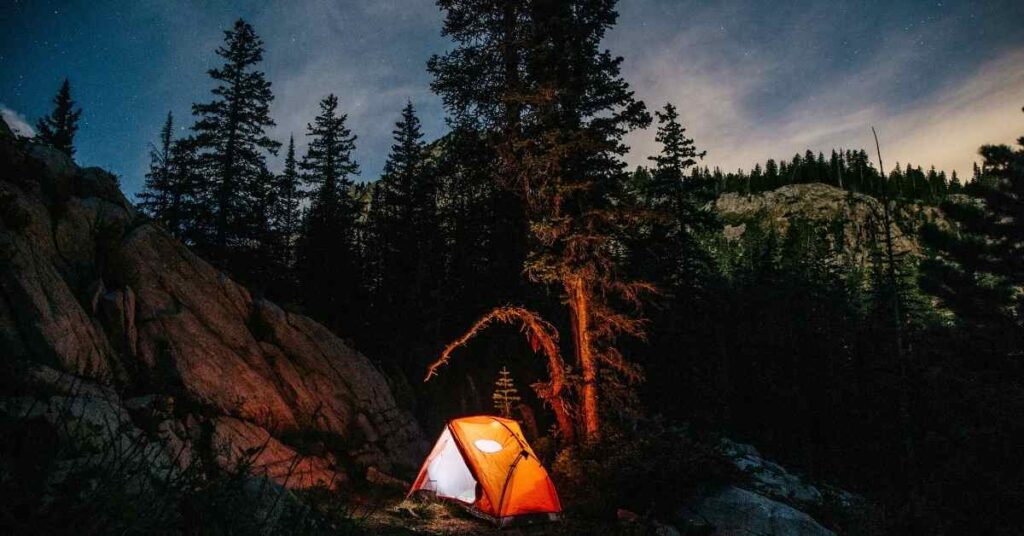
5. Sunscreen, Sunblock, Lip Balm
The weather conditions in the mountains are harsh. Although the temperatures are pleasant if you go during the recommended season of the trek, you should always be prepared to experience the high intensity of the sun rays. I have always avoided using sunscreen or sunblock and have returned from the treks with a terrible sunburn on my face. And trust me, sometimes it is indeed painful once you return from the trip. You should always carry a sunscreen of SPF 70 or more and a lip balm to protect yourself from the harmful UV rays and direct sunlight.
6. Sunglasses
Sunglasses will help you to protect your eyes from harsh sun rays, reflection from the snow, wind and dust. Spending more time in a snow-covered area without the sunglasses may cause snow-blindness. Exposure to high-intensity rays may also cause irritation which could be very painful and might damage the eye. Hence, it is recommended to carry a good quality sunglass to keep your precious eyes safe from any harm.
7. Cap or Hat
A cap or hat can be very helpful to avoid direct exposure of your skin to the sunlight. It also helps to keep your head protected from the heat and dust. Some hats are available with a flap to protect your neck as well.
8. Hand Sanitizer
Although hand sanitizer has become a part of our routine life due to the pandemic, it is a trekking essential that you must take with you on the trek. During the trek, there are possibilities of you coming in contact with the ground while you climb using the support. Sanitiser will not only keep you safe from the germs but also avoids the chances of getting any infection. It is also a good practice to keep your hands clean before you eat as the last thing you would want on a trek is a stomach infection.
9. Medical kit/First aid kit
I always carry a medical kit with all the basic medicines for common illness like stomach infection, cold, headache and fever, antiseptic lotion, cotton, bandages, band-aids etc. It is very important to keep a separate kit for your personal medications and some basic items needed for first aid handy while you are on a trek. This may help you or a fellow trekker with minor health issues or any kind of cuts, bruises or burns.
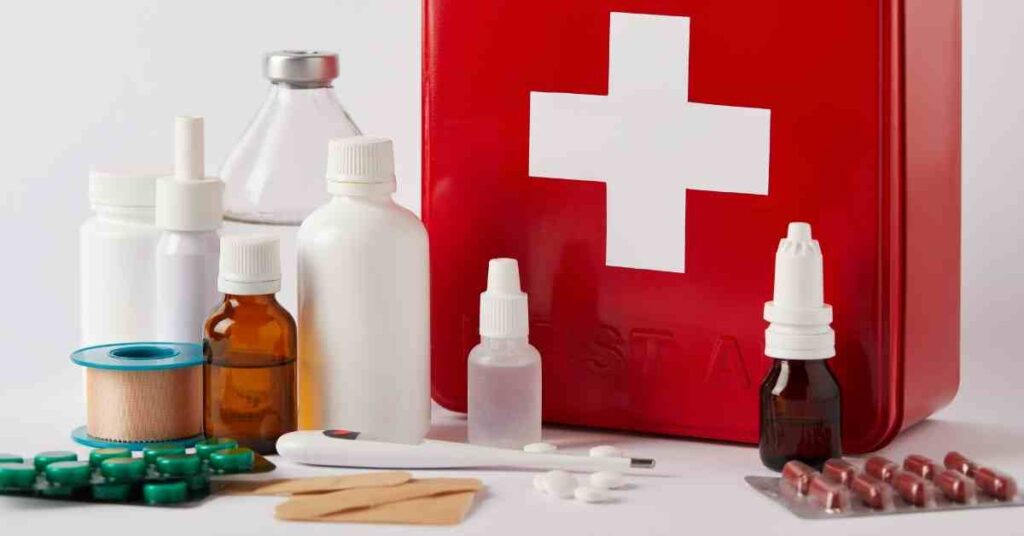
10. Trail snacks, Dry fruits, Energy bars
While trekking your body is continuously burning calories. Hence, it is necessary to keep munching a few things every now and then to keep the energy levels high. I always carry dry fruits, chocolates and energy bars with me in my daypack. Depending upon your preference, you can carry light snacks which do not take more space and provide instant energy.
This trekking essentials list is based on my personal experiences and I might have missed a few common things. The complete list of things may vary based on different factors like duration of the trek, terrain or weather conditions on the trek, etc. However, the above-listed things are most common for any kind of trekking trip. I hope this list will help you while packing for your next trip.
If you have any questions or suggestion on the most essential things to carry on a trek, please leave them in comments.
For more travel/trekking tips and pictures, do follow me on Instagram: @umangxdave
